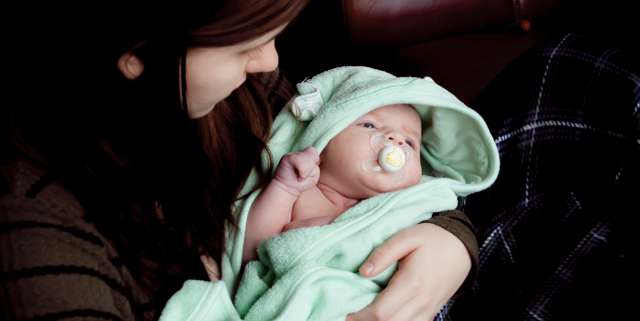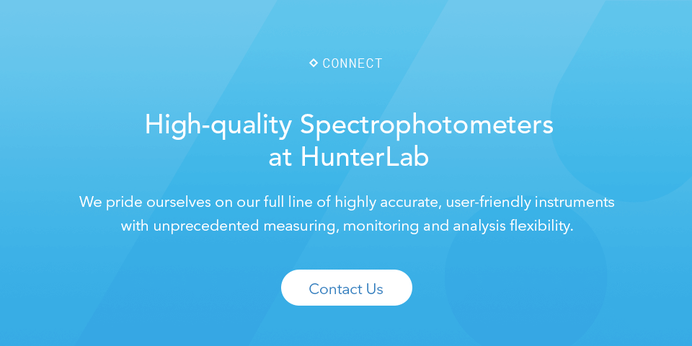
A teal towel swaddles a newborn infant. Image Credit: Unsplash user Sean Roy
There isn’t a household in America that doesn’t have a towel. Most have several. It’s a ubiquitous item; across the world people get wet and need to get dry. The practical and psychological importance of the towel is immortalized in this passage from Douglas Adams’ The Hitchhiker’s Guide to the Galaxy:
A towel, it says, is about the most massively useful thing an interstellar hitchhiker can have. Partly it has great practical value. You can wrap it around you for warmth as you bound across the cold moons of Jaglan Beta; you can lie on it on the brilliant marble-sanded beaches of Santraginus V, inhaling the heady sea vapours; you can sleep under it beneath the stars which shine so redly on the desert world of Kakrafoon; use it to sail a miniraft down the slow heavy River Moth; wet it for use in hand-to-hand-combat; wrap it round your head to ward off noxious fumes or avoid the gaze of the Ravenous Bugblatter Beast of Traal (such a mind-bogglingly stupid animal, it assumes that if you can’t see it, it can’t see you — daft as a brush, but very very ravenous); you can wave your towel in emergencies as a distress signal, and of course dry yourself off with it if it still seems to be clean enough.
More importantly, a towel has immense psychological value. For some reason, if a strag (strag: non-hitch hiker) discovers that a hitchhiker has his towel with him, he will automatically assume that he is also in possession of a toothbrush, face flannel, soap, tin of biscuits, flask, compass, map, ball of string, gnat spray, wet weather gear, space suit etc., etc. Furthermore, the strag will then happily lend the hitchhiker any of these or a dozen other items that the hitch hiker might accidentally have “lost.” What the strag will think is that any man who can hitch the length and breadth of the galaxy, rough it, slum it, struggle against terrible odds, win through, and still knows where his towel is, is clearly a man to be reckoned with.
— Douglas Adams, The Hitchhiker’s Guide to the Galaxy 1
For towel manufacturers, the importance of towels in everyday life is overwhelmingly good news. Towels are big business. Demand for towels is consistent; as a staple item, towels are purchased at a relatively stable rate. The downside, if it can be called that, is that to compete, towel manufacturers must produce enormous amounts of towels for very large customers. Whether their towels are sold via big-box retail stores such as Target or Walmart, online via Amazon or through national and regional distributors to smaller stores, towel manufacturers must be able to produce huge amounts of identical towels. As such, strict quality control measures are essential throughout the manufacturing process. When it comes to color, spectrophotometers play a central part in ensuring consistency.

Towels come in many colors and designs. Image Credit: Unsplash user Mike Meroz



